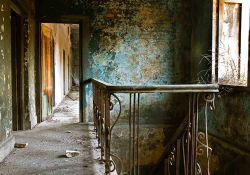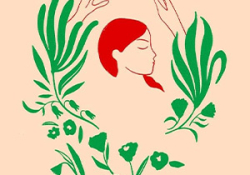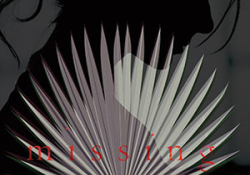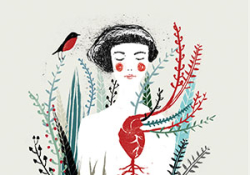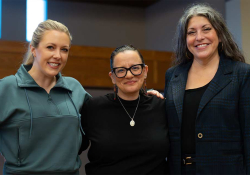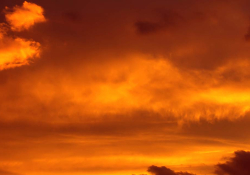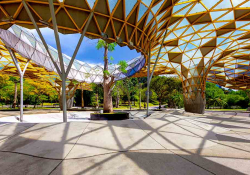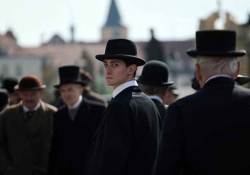Rurban Village
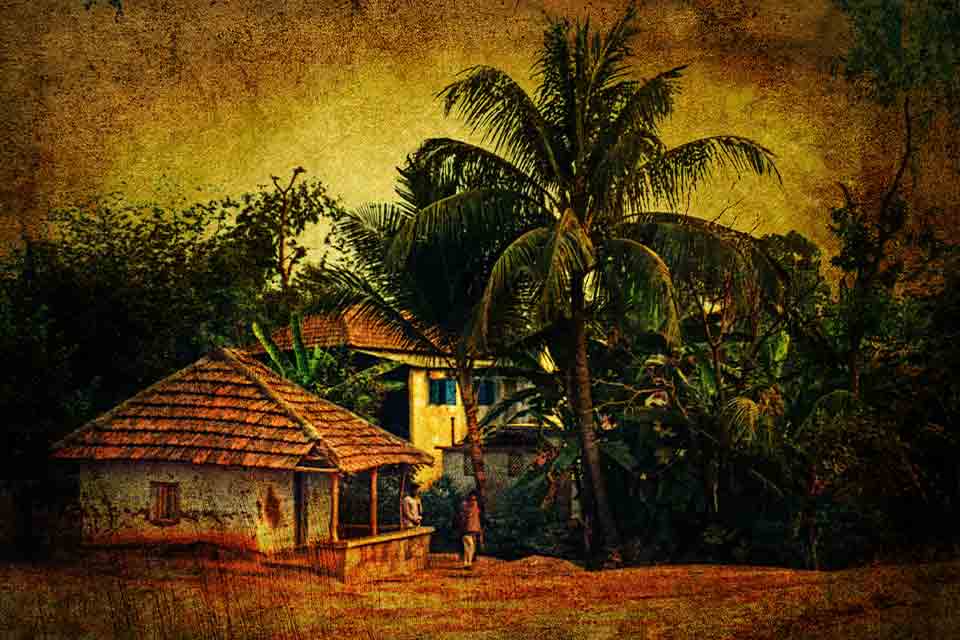
In a country where wanting to remain rural is a choice now only available to the wealthy, what does rural mean? Here, Sumana Roy contemplates the stigmas and realities of the rural through a portmanteau of rural and urban.
That the world might have been entirely rural once occurs to us when we realize that heaven—hell, even hell!—was imagined as a city. This has, in short, been the history of our world: turning the planet into a city. Those who are catching up, still waiting to be turned into cities, or the few resisting that urge, remain “rural.” To want to remain rural reveals a kind of obstinacy and, in a country like India, a choice now available only to the wealthy. If the twentieth century was marked by a journey to the city, this one’s journey is in the opposite direction. If it was the villager who was traveling to the city, it is now the turn of the city dweller to move toward the village. If it was money—a livelihood—that pulled the villager to the city, it is “nature” that is driving the wealthy city resident toward the rural.
To want to remain rural reveals a kind of obstinacy and, in a country like India, a choice now available only to the wealthy.
Rural. Every time I have typed the word, I’ve been tempted to put it in quotes. This is because the rural, as we once understood it, doesn’t really exist, except in nostalgia, from where it emerges from time to time in children’s drawings and storybooks. This is also because the rural, imagined as pure and originary, an Eve-like space from where later corruptions such as the city emerged to disperse and grow beyond control, no longer exists. We are moving toward an extinction of the rural, and this threat is driving us toward its preservation, like, say, getting a root canal done. The results have often been disastrous: every Indian city has a hotel or “resort” or residential apartment with “village” in its name. In Siliguri, the sub-Himalayan town in Bengal where I have lived for most of my life, there’s a neighborhood called Rurban Village and another called Urban Palms—rurban village, a portmanteau of “rural” and “urban,” while having the sound of an oxymoron, when suffixed by village is actually a tautological formulation, so intense is the need to emphasize its ruralness; the palms in Urban Palms are a stand-in for village, where one can imagine “ten thousand” palm trees, like Wordsworth saw ten thousand daffodils at a glance.
The rural is now retreat, it is resort, it is rest, it is relaxation. I hadn’t noticed this before—the ring of r in these words, the space and what it promises. There’s another r hidden in its neighborhood, revealed in a child’s drawing: a river, the snakelike blue body that runs through the child’s canvas diagonally. Now it is also recreation. For tired Calcuttans, for instance, it seems to be only the call—and a metropolitan understanding—of the rural that makes them travel for four hours to Santiniketan: the Baul singers and their imagined extrasocial lives, the Saturday market of local artists, the food and the textiles, all these come to them in quotes. Gram, gramer hawa, village, the village air—the words are like anklets, making a sound as they go everywhere; they have found what they had come looking for, the sense of the rural, the river and its banks, the red soil, its dust and grease, they seem to have found themselves. Even the sharp stalks of paddy in agricultural fields move them, often literally—to be able to see where their food comes from must feel like being able to see themselves as fetus. And with this sighting of the rural on a weekend they return to the city, nourished but grumpier about their inelastic city lives.
I cannot forget my nephew’s distinction between the urban and the rural. The six-year-old, while looking down at the city of Calcutta from an airplane for the first time in his life, said, “There are as many houses here as there are trees near our airport.” By “our” he meant the small airport in our hometown in northern Bengal, surrounded by tea estates and forests. It was visually true—a city of trees versus a city of concrete buildings. I recount this here to reiterate the obvious, that the rural is also a human creation, an architecture that is imagined to be far older than it is. Unlike the city, the rural doesn’t have hardened, identifiable traits. One can’t see acres of agricultural land and summarize them as “rural”—these might just be industrial farmlands. Neither can one characterize a writer’s style of writing as rural. What makes the rural, what marks the rural, what constitutes the rural? The presence of cows, cow dung on pathways? An accent or dialect? An architectural style? A cuisine?
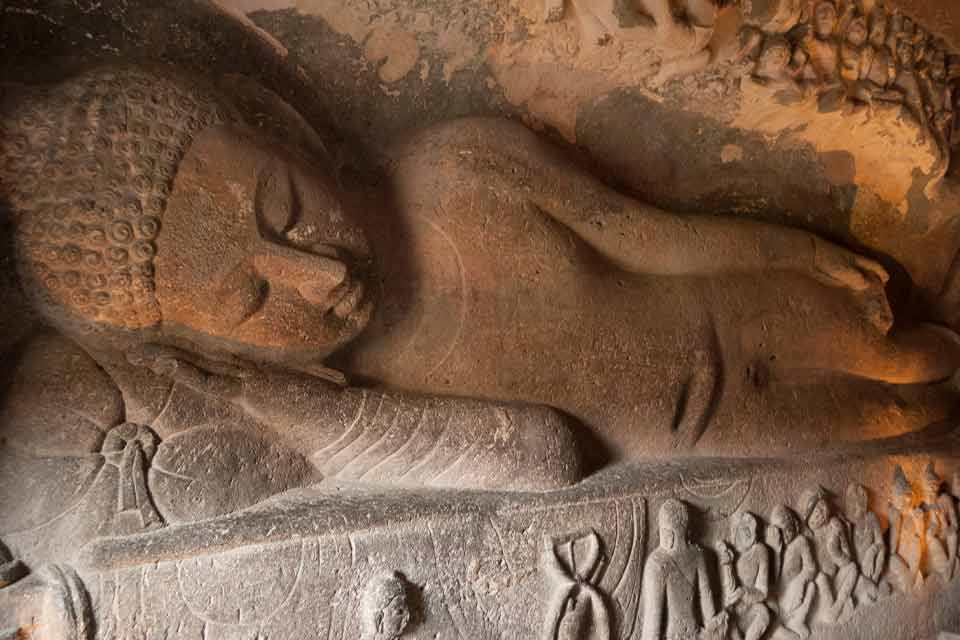
The rural is also a human creation, an architecture that is imagined to be far older than it is.
There’s a village inside all of us, I suppose, one that makes us seek it when we fill our cars with petrol and drive to Lataguri, its forests, river, and now, after the infrastructure of tourism, a curation of the bucolic that we are forced to sight. The rural has changed from being a place to an experience, usually reserved for weekends, that exhausted city dwellers seek in the manner one books oneself for a spa. But rural was once judgment—to be rural was to have looked away from sophistication; a “villager” was naïve and uneducated, having never been able to reach history. Now it is tourism and aspiration, it is muse, it is even “research,” now valued for being a “backward place.” In a large body of nature writing, the rural is far-from-the-madding-crowd literature, moist upper-class desire, not John Clare but the backpacker pitching a tent to experience “nature” before they return to the city, to publish “content,”.
There’s also an element of irreversibility that we intuitively understand about the city that doesn’t hold true of the rural. The rural can be turned into an urban space, but can the passage of time turn a city into a rural space? Not far from Bhopal, the capital of the Indian state of Madhya Pradesh, is a place that the tourist’s map identifies as Heliodorus Pillar. One has to be careful about not missing the thin street that leads to it. The dust from the red soil is dominating—it has embalmed everything, including the hooves of skinny young goats and the rims of windows of the huts and houses that stand on either side of this path. The pillar is both history and interference—a protuberance. It punctures the skyline, which is actually all sky, only sky. The houses are short, with no ambition except to offer shelter. When tourists arrive in cars, children and goats come out of them. Their eyes graze on us without interest or curiosity, as if we were only confirmation of a blessing or curse in their neighborhood that keeps bringing people to them every day. They know, both goat and child, that the pillar is not a temple or shrine; there is no food or flower offered to the pillar. But there’s something else, as invisible as god: history. They don’t know the word, the kids of men and goats, but they sense it daily, and then they ignore it, like prayer. Though I have characterized the rural as something without identifying traits, I have the sense that I am in the rural now.
I also have the sense of something else—that this place wasn’t rural once, that history might have turned it so. On the pillar are inscriptions in Greek: information about the pillar, its origin, the occasion of commemoration, the dates, of course, from 113 bce. I am quite certain that the children—and, of course, the goats and cows, which are gradually beginning to group together—don’t know these names. They have arrived a bit too late—they cannot really be neighbors to dead men; also, the dead have a tendency to be slippery, skidding away from memory. Could this have been a city once? Who might have been the ancestors of these human and animal children? These ruins of what was once living, as alive as the day, have collected near the roots of aged trees—they have been displaced by history. The city and its changing ambitions for settlement have moved, like a river changing its course—this place has, because of neglect, been turned into the rural.
I have seen the rural being turned into semi-urban spaces by the steroids of development. It is possible to see this in a lifetime. But how long does it take to turn the urban into the rural? And what is it that makes the urban bleach away? I am thinking of the rural and the ruins, the rural in the ruins. In the caves of Ajanta and Ellora, its paintings and sculptures, we see a record of city living, men and women living with grace and beauty and blessing; in Konark and Khajuraho, I have had the sense of being in a city of temples. . . . All around them were forests and perhaps agricultural land. Did that make them rural? In the Bhimbetka caves, where we find the presence of the first human habitants on the Indian subcontinent, I saw drawings of animals and men on some of them. Were these artists from a hundred thousand years ago rural or urban, they who lived inside these caves, and recorded the demotic? Calcutta, a synonym for the city in a state where there are no other cities, was once a village, just a village, three villages: Sutanuti, Gobindapur, Kalikata. How much of the rural—that rural—remains in its blood today?
When I was a teenager, unsure about language, unaware that there was a value system—and judgment—attached to turning nouns into adjectives, a teacher told me about the difference between gaiya and gramyo. Both of these words in Bangla derive from the village: gaiya from gaye, village; gramyo from gram, also village. “When you want to praise what derives from the village, art, style, lifestyle, say gramyo,” my teacher said softly, as if he was sharing a secret—or even gossip—with me. “When you want to criticize a village, a villager or their language, use gaiya.” It startled me, this adult manner of looking. I returned home and looked at my dolls and wondered whether they were gramyo or gaiya. Decades have passed since then, and though I’ve not been raised in a village, I’ve been praised and derided for being a “villager” in the English language. I wonder what they say behind me in Bangla—gramyo or gaiya.
What is “nature writing,” then—gramyo or gaiya?
Ashoka University

